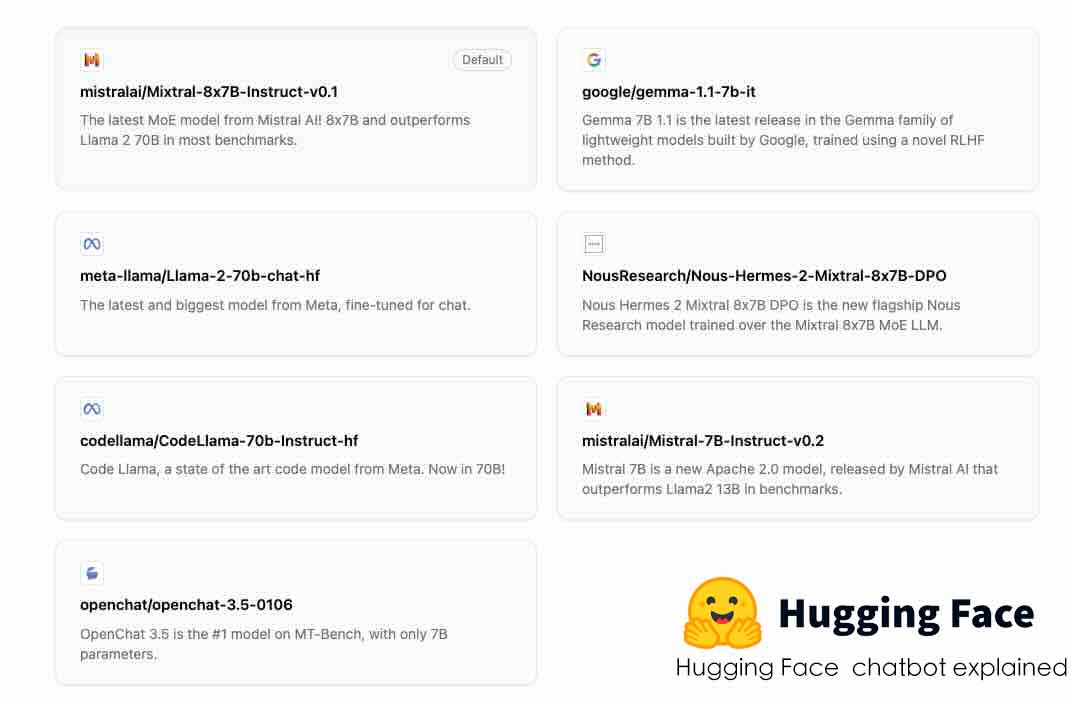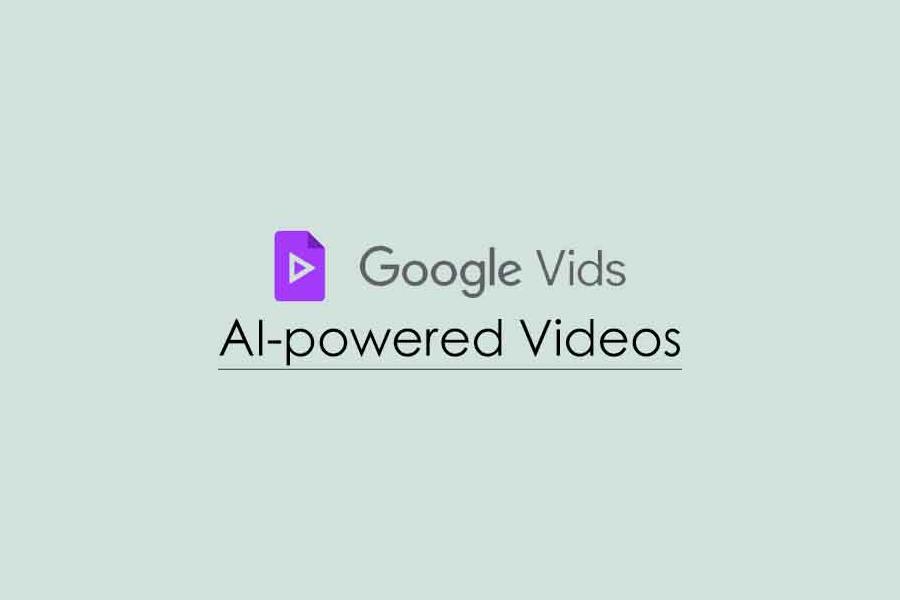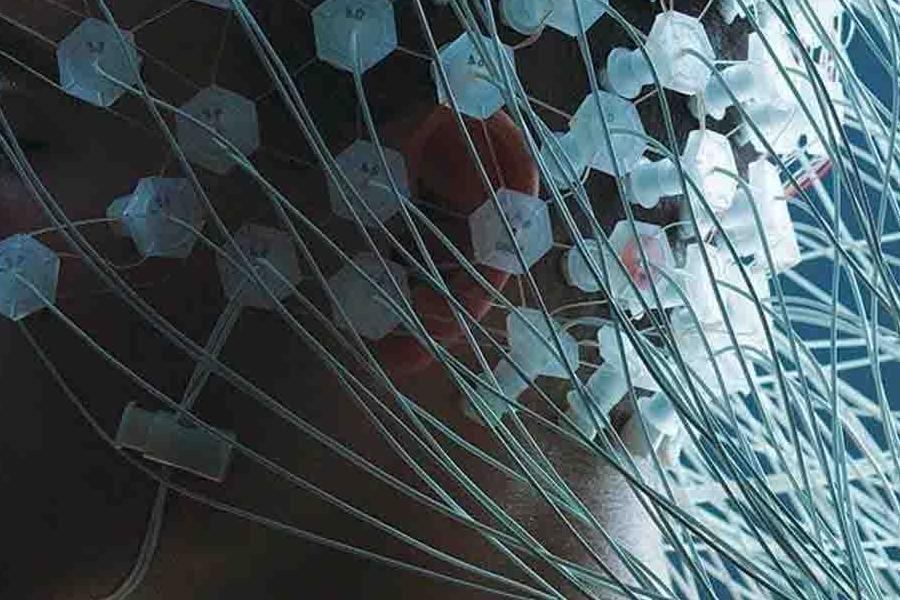HuggingFace Chatbot Explained: The Inside Scoop on the Open-Source Powerhouse
4 min readKey points
The introduction of ChatGPT chatbot marked a significant milestone in the General Artificial Intelligent domain over the past year, setting the stage for innovations in the community. One such platform is the Hugging Chat. To the casual observer, both platforms present striking similarities, from their operational capabilities and interfaces to the AI-generated responses they provide.
However, for those of us deeply embedded in the field, a closer examination reveals significant underlying differences. As professionals keen on the nuances of AI development, it's these distinctions that offer us the inside perspective on the evolving landscape of the technologies.
What is Hugging Face?
Before diving into HuggingChat, it's essential to understand Hugging Face. This isn't about the warm emoji (🤗) often seen in text messages. We're referring to the Hugging Face that plays a significant role in the technology community. It defines its mission as "The AI community for building the future," a vision that highlights the success of Hugging Face through its commitment to a community-driven approach.
It's often likened to the GitHub of machine learning, serving as a comprehensive platform that empowers individuals to upload their AI models, conduct training, and collaborate with their teams throughout the process. It offers the necessary infrastructure to support the entire development lifecycle, from writing the initial code to integrating AI into live applications or services. Additionally, it allows users to explore and utilize models developed by others, find and apply datasets, and experiment with demo projects.This streamlined approach significantly eases the development process, making Hugging Face a vital meeting ground for machine learning engineers, data scientists and researchers to exchange ideas, getting help, and contribute to open-source projects.
A bit of History
Hugging Face started in 2016, initially focusing on a chatbot for teenagers. This changed when they made the chatbot's technology open-source, aiming to provide the AI industry with powerful and accessible tools. This shift marked a significant turn towards becoming a central figure in machine learning. The release of the Transformers library in 2018 was a key moment. It introduced essential pre-trained models like BERT and GPT, reshaping NLP tasks. These tools have since become crucial for developers in the field.
Now, Hugging Face is a major player in machine learning. It emphasizes open-source work, fueling NLP innovation and allowing for shared growth. The platform is a hub for exchanging models and datasets, pushing forward research and practical AI use. With a focus on "We are on a mission to democratize good machine learning, one commit at a time," Hugging Face fosters strategic partnerships and spreads advanced NLP tools, leading the charge in making cutting-edge technology widely available.
What is HuggingChat?
What Hugging Face says on its website is “Making the community's best AI chat models available to everyone.”
Since 2023, Hugging Chat has drawn some considerable attentions from the AI community, due to its openness to the community supports and various transformer-based models (such as LlaMa, Gemma, CodeLlama, Mistral7B etc.) powering its chatbot. The communities also reported disappointment in the chatbot, due to inaccurate and unreliable content that it generated. People share their criticisms in comparison with closed-models such as ChatGPT-4 or Anthropic due to the competitors often generate more coherent and contextually appropriate responses

In early February 2024, Hugging Face announced that user can starting to create custom chatbots in “two clicks” using the Hugging Chat Assistant, where those users’ creations are publicly available.
Thoughts
We got to admit that the chatbot is not perfect, or as good as its fine-tuned closed-model counterparts.
However, I see a promising future for Hugging Chat despite those criticisms. Its commitment to open-source principles and the collaborative potential it unlocks are game-changers. By leveraging a wide array of transformer-based models, Hugging Chat is not just a tool but a platform for innovation. As the community continues to grow and contribute, the issues of inaccuracy and unreliability can be addressed and improved upon. The dynamism of open-source development means that today's challenges are tomorrow's victories, and Hugging Chat stands at the forefront of this transformative journey.
What’s your thought on this? I’d love to hear them!


